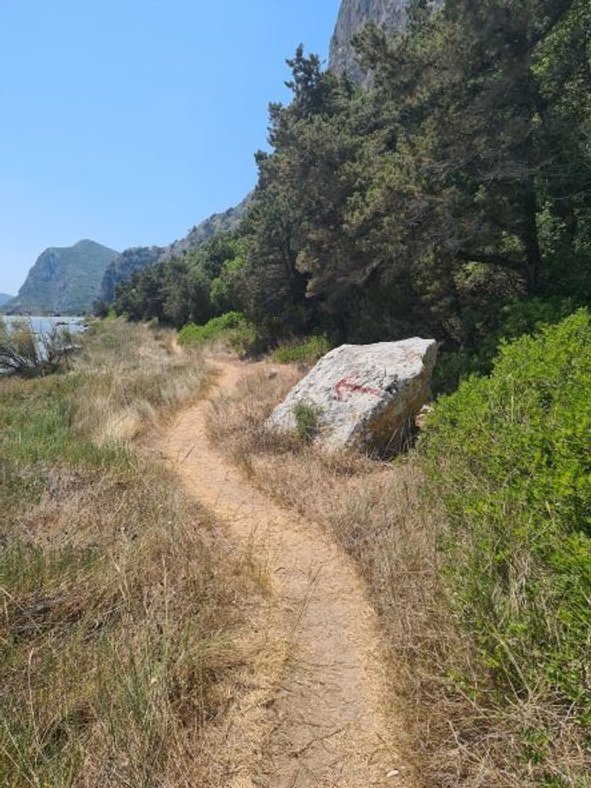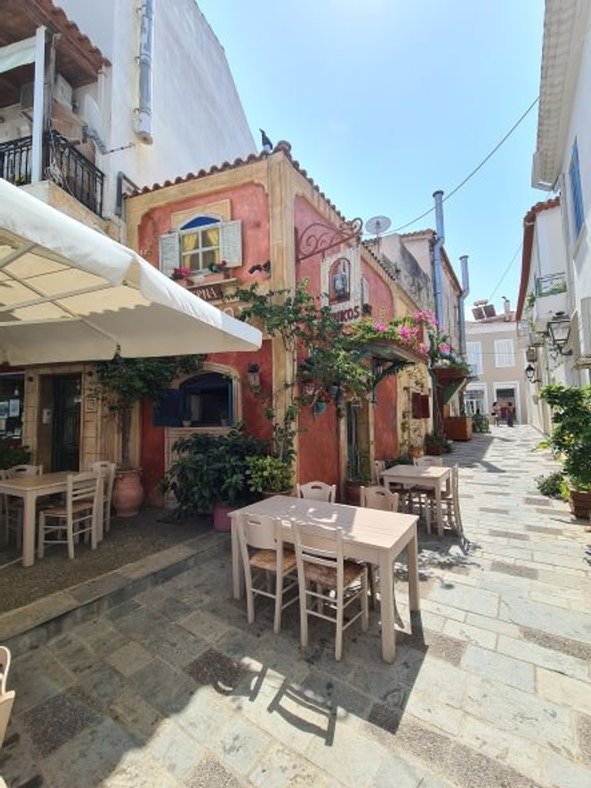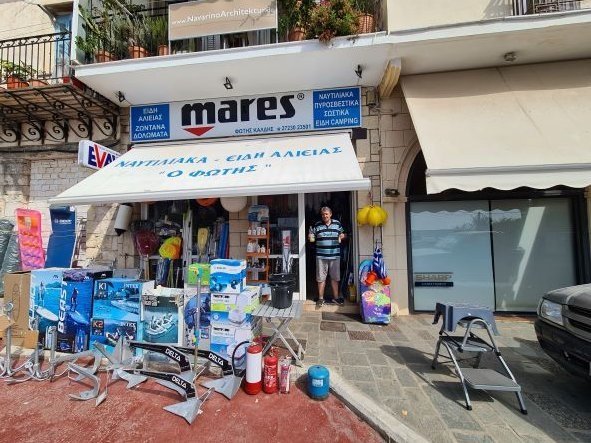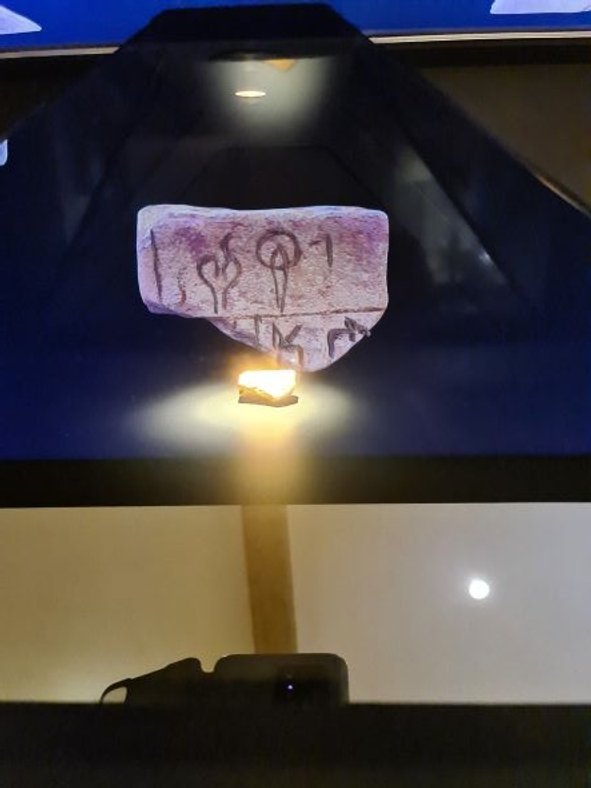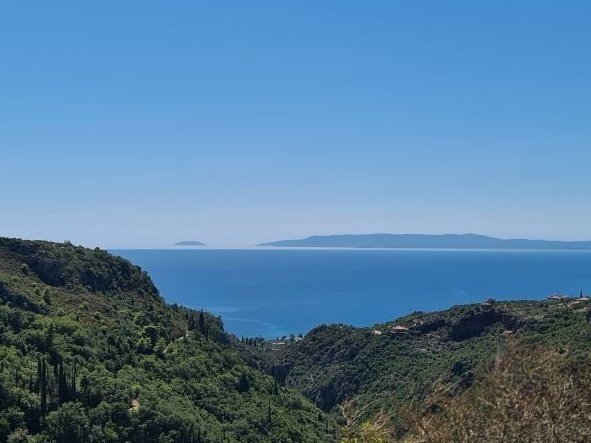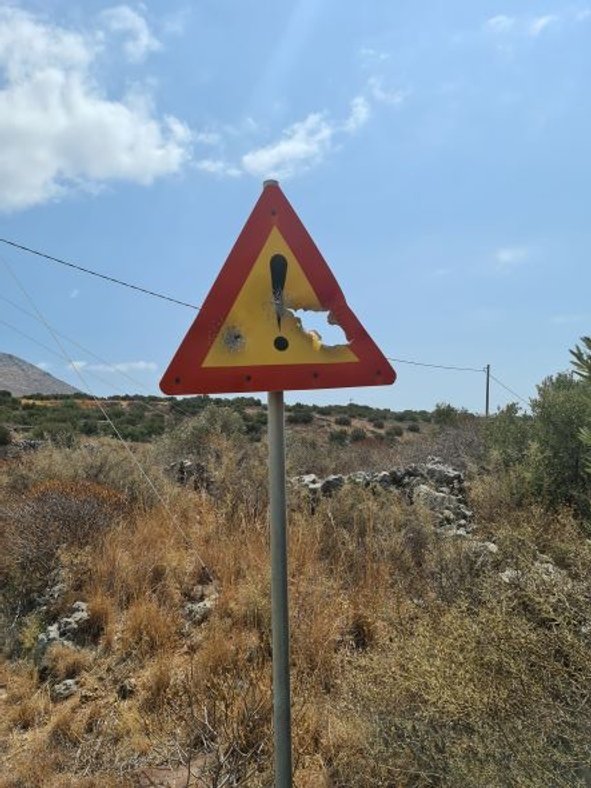Greece - The Mani
Back to the Peloponnese and the Mani - what is it about this place that speaks to my soul? The Peloponnese is technically an island, separated from mainland Greece by the Corinth Canal, and the Mani, the middle finger, isolated by the majestic Taygetus range. Its land is austere and until quite recently, largely inaccessible. It was the last region in Greece to convert to Christianity, the Greek pagan religion and traditions alive well into the 11th and 12th centuries. Its people share a history of strength, fortitude, and freedom, from the early Spartans to the Maniots leading the fight for independence, and I was glad to be back. But firstly Pylos.
Keeping our promise to return, we were looking forward to hiking up to the old kastro on the headland, down to Nestor’s Cave and cooling off in the beautiful horseshoe bay of Órmos Voidhokoili, and we did. Anchoring in the north end of Órmos Navarinou, we hiked up to the “old” 13th-century Frankish paleokastro, ignoring the "castle closed" signs, before clambering down to the cave. What a cave, huge and high with a hole to the sky - you could feel the neolithic presence, but I did wonder how Hermes had managed to get the cattle stolen from Apollo, up the steep hill. It was midday, it was hot, and cooling off in the bay was a treat before walking back along the brackish lagoon, ignoring "no entry" signs.
Pylos itself is a lovely little town with a large tree lined square on the waterfront, backed by markets, pharmacies and tavernas in arched galleries - very French. And the highlight - the Marine Store - the best little chandlery in the Peloponnese, not only will owner Fotis order anything you want he also plied us with well needed, cool, juice drinks and bottles of his own olive oil every time we visited - four times!
No visit to Pylos would be complete without visiting Nestor’s Palace. Sited on a commanding ridge with a view over olive groves to the sea, Nestor was the king of Pylos in Homer’s Odyssey. The palace dates back to before 1300-1200 BC, when it was destroyed by fire, thus preserving administrative clay tablets in the process. And these Linear B Mycenaean Greek tablets are the earliest form of Greek, descending from the undeciphered Linear A Minoan language. Cool eh?
So hiring a car from the only car rental place in Pylos for €70! we spent a day visiting Nestor’s Palace and the hidden Kalamaris and Polylimnio waterfalls via Soulinari village with its sweet smell of sun-drying raisins. The waterfalls were worth the hot trek down to them - green ravines and clear cold water - refreshing beauty. In typical not-many-degrees-of-separation-kiwis, Tommy introduced us to Sarah and Mike from Soul and the six of us dined at Elia in Gialova; a delightful upmarket esplanade of tavernas at the NE end of Órmos Navarinou - the shared meal at Zoe’s taverna with a complimentary geranium flavoured digestive to finish was simply superb.
Our last day in Pylos saw us checking in and out (handy hint - always check “in” and “out” on the same day) and wandering around the “new” 16th century Ottoman neokastro, pine tree hush with a great little onsite museum.
Stopping for a couple of nights in Methoni, we had dinner again at Aléktōr and struck up conversation with a passing Italian couple. They were walking their dog Emma, I pointed out that it was international dog day and long story short - they invited us to their house for a beer the following evening. What a location! Part of their boundary wall is the kastro and their renovated home overlooks the western sea - stunning sunsets. They live in Rome and had been visiting Methoni for a number of years before, by chance, they saw a dilapidated house for sale, so several years and many consents later it has been transformed into a very ordinary Greek looking house with internal Italian chic. Methoni looks across to the island of Sapientza, so with only 67 Greek islands under our belts, we decided to pop over the next night before continuing our journey eastwards. Sapientza is only an hour across, population 0, abandoned fish farms, ibex and a 19th century derelict lighthouse. It was a good 20 minute, rocky zigzag walk up to the lighthouse, which appeared to be unused with its dubious looking solar panels and a batteries, but on dusk – light appeared!
Then, finally, the Mani. We anchored off Kalamitsi again but closer to Meropi island and Kardamyli this time to minimise a two metre swell rolling into bay. Then three days of great adventures. The first was another solo mission by best mate Cate - three hours up to the resting place of Bruce Chatwin. It wasn’t meant to take that long but Auntie Google doesn’t show Xohori let alone how to get there, luckily asking for directions comes easily. Go through old Kardamyli to the Mourtzinos Tower, take the steep rocky hike up to Agia Sofia, find a track on your left just as you are leaving the village, then it’s another couple of hours along a ravine ridge, up through olives groves to Xohori. Agia Nikolaos is on the edge of the village looking out across the Messinian Gulf, the mighty Taygetus mountain range behind. It took under two hours to get back, gathering herbs and carob pods Ceratonia siliqua on the way. Could a day get even better? Yes - a superb dinner at Tikla, Kardamyli, taste sensations and a complimentary bottle of masticha (digestive liquor made from Pistacia lentiscus). The next two days - tendering south to the sleepy fishing village of Agios Nikolaos to visit the Mani brewery, where brewer ex-pat John treated us to Nema beer straight from the fermenter and Stoupa – a funny little English enclave in the Mani with, unsurprisingly, the best supermarket “Katerina” we have encountered all season. An abandoned coalmine lies above the town which was the inspiration for Zorba the Greek.
Down the coast to Geroliménas – the Taygetus range dropping down on to plateaus of grey and taupe, Mani tower (pyrgoi) villages in strategic locations. Geroliménas means “old or sacred harbour,” once a thriving fishing port, now a tiny, converted tourist town with warehouse hotels and seaside tavernas, from there it was a hot one hour uphill walk to Kitta, a semi abandoned stone town with crumbling towers, tiny churches, some renovated homes, and the smells of everyday life. I had come across a reference to Kitta while reading Mani: Travels in the Southern Peloponnese by Patrick Leigh Fermor; I don’t think the rest of the crew were very excited about this very silent and somewhat sad town.
Around Cape Matapan, it is always good to call into Porto Kagio, to catch up with Ilias and his cousin Ilias at Spilia, and this time to meet his brother Kosta, a sea cucumber diver from Patras. Continuing his story, Ilias told me his family had fled from Mystras (Sparta) in 1452 to escape the Ottomans and to build a life in this austere unforgiving land - people from the Mani are strong, in mind and body, he said.
Alas all good things must come to an end. After leaving the Mani near Kótronas, we spent a night in Plytra, catching up with Soul for an afternoon snorkel over ancient Asopos (dating back to the late Hellenistic Period 323-13 BC), then a brief sundowner, meeting Brits Carol and Richard on Megan before anchoring off the Agios Nikolaos Geopark. The Geopark is on the southern coast of the last finger heading eastwards, just shy of Cape Malea; the katabatic winds off the land weren’t too bad and it meant an hour off our ten hour crossing to Milos the next day. The day dawned clear with a favourable N beam reach for a good sail and our ETA was sundowner time, little were we to know what the day would bring…..



